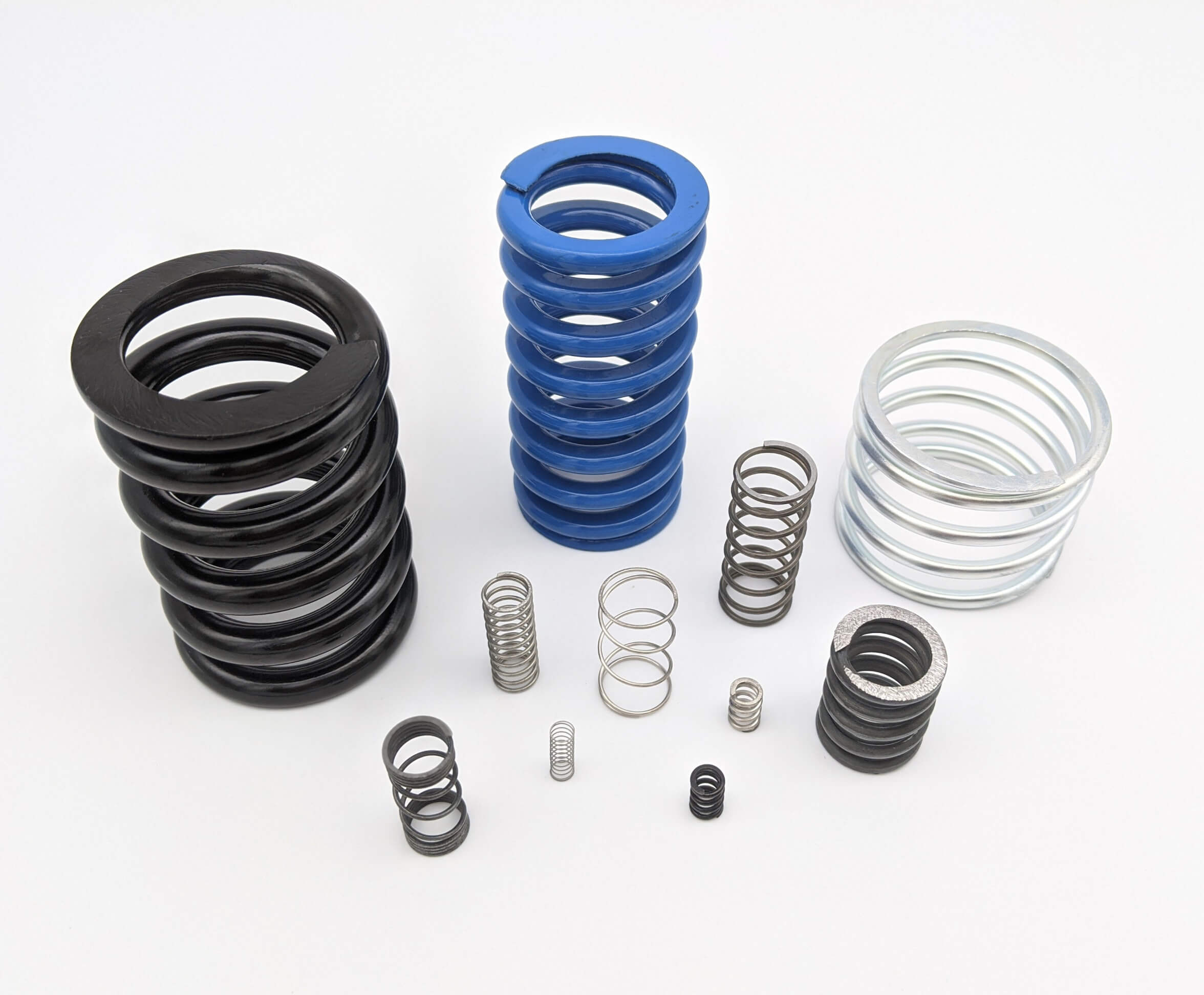Get unique, complex parts easily. No matter your requirements, Chaoyi Spring creates hard-to-produce coil springs and wire forms.
Let us help you create the custom wire form you need, from S-hooks and J-hooks to utility hooks and more.
We work closely with customers across a wide range of industries, helping them design and manufacture made-to-order parts.
Why choose Chaoyi Spring? We prioritize customer-focused collaboration, modern equipment and the latest technology to make your parts per print.
Find the information and guidance you need, from measuring a spring to learning about materials, placing an order and much more.
Coil springs, ubiquitous in countless mechanical systems, play a vital role in storing and releasing energy, absorbing shocks, and providing tension or compression. Compressing a coil spring, a seemingly straightforward


Coil springs, ubiquitous in countless mechanical systems, play a vital role in storing and releasing energy, absorbing shocks, and providing tension or compression. Compressing a coil spring, a seemingly straightforward task, involves understanding the forces at play, the safety considerations, and the diverse applications where this process proves crucial. This article delves into the mechanics, safety, and applications of compressing a coil spring, providing a comprehensive understanding of this fundamental engineering concept.

The compression of a coil spring is governed by Hooke's Law, a fundamental principle in physics that describes the relationship between the force applied to an elastic object and the resulting deformation. This law states that the force required to compress a spring is directly proportional to the amount of compression. In simpler terms, the more you compress a spring, the more force you need to apply. This relationship is represented by the equation F = kx, where:
The spring constant (k) is a unique property of each spring, determined by its material, diameter, number of coils, and other factors. A higher spring constant indicates a stiffer spring, requiring more force to compress. For instance, a heavy-duty spring used in a vehicle suspension would have a significantly higher spring constant than a delicate spring found in a mechanical watch.
While compressing a coil spring might seem straightforward, safety is paramount. Failure to follow proper procedures can lead to serious accidents. Here's why safety is crucial:
To ensure safety, it is crucial to use proper tools and techniques, including:
The compression of coil springs finds applications in diverse fields, ranging from everyday objects to complex engineering systems. Here are some notable examples:
Compressing a coil spring involves careful consideration of the forces at play, safety protocols, and the specific application. By understanding Hooke's Law, implementing safety precautions, and using appropriate tools and techniques, engineers and technicians can safely and effectively compress springs for various purposes. From automotive suspension systems to delicate medical instruments, the compression of coil springs remains a crucial aspect of modern engineering and technology.
In conclusion, understanding the mechanics and safety considerations associated with compressing a coil spring is crucial for any individual working with these components. By adhering to safety guidelines, utilizing proper tools, and acknowledging the potential energy stored within a compressed spring, we can ensure a safe and efficient compression process. The applications of spring compression are vast and diverse, highlighting the significance of this fundamental engineering concept in various industries and everyday life.
Browse some of the custom wire forms and springs that we manufacture. Don’t see what you need? We specialize in made-to-order products that meet your application requirements.
Visit Our GalleryNeed a custom wire form or coil spring? We make it work. Fill out the contact form and a representative will respond within 1 business day. If you have a PDF or CAD file, you can submit to request a quote.